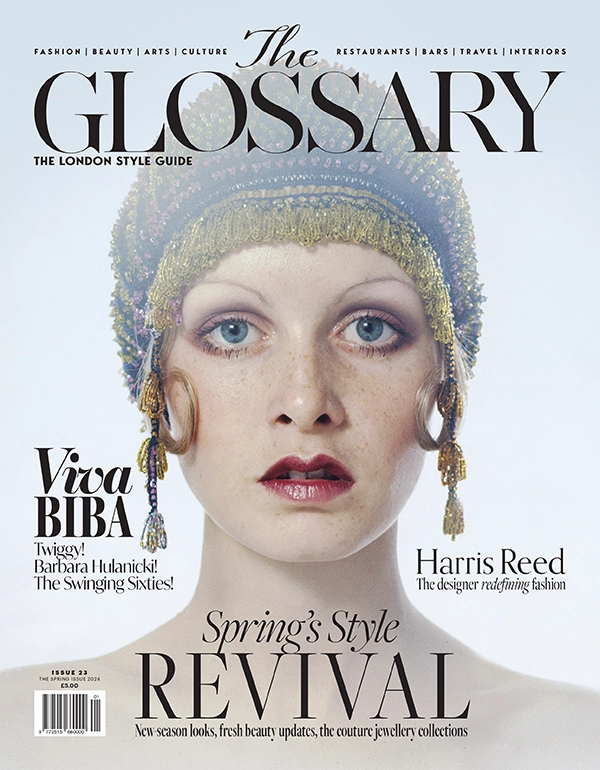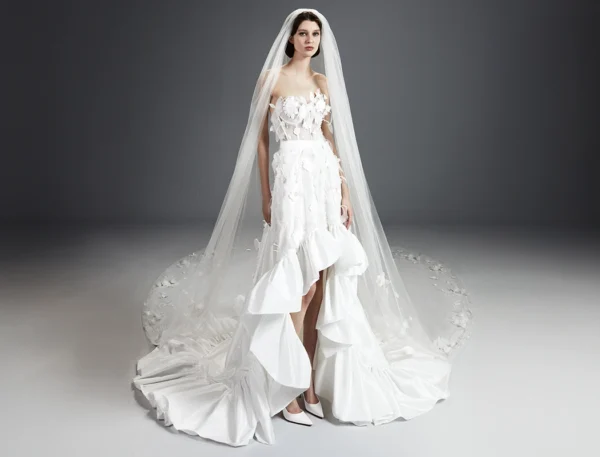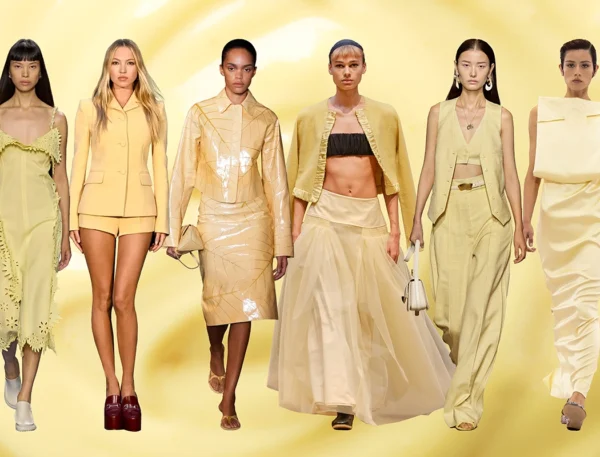With her wide-set eyes, signature fringe and otherworldly aura, Penelope Tree has a face that’s hard to forget. She certainly captured the imagination of some of the world’s most famous photographers when she burst onto the London scene as a model in the 1960s, becoming one of the era’s ‘It’ girls alongside Twiggy and Jean Shrimpton. Now she’s released her first book, Piece of my Heart, chronicling her extraordinary life. Here she talks to The Glossary about the Swinging Sixties, her relationship with David Bailey and why she’s happier than ever at 74.
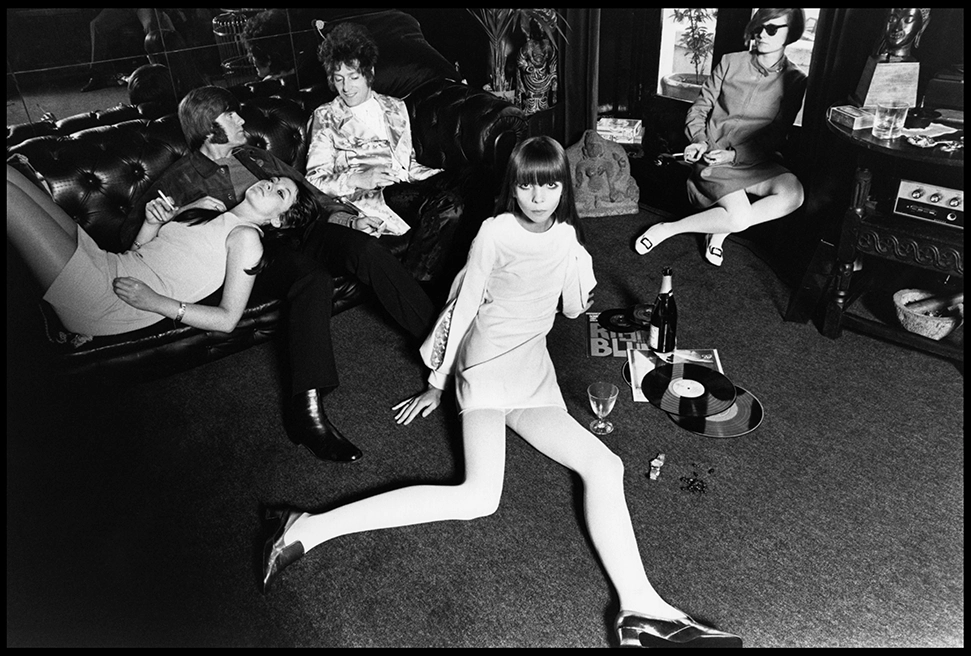 Pin
Pin On being discovered
Richard Avedon spotted me at Truman Capote’s Black and White Ball in New York in 1966. The next morning I received a call from Diana Vreeland, who said that Dick [Avedon] had seen me. A week later, he was photographing me. I’m quite a nervous and anxious person, but as soon as I got in front of his camera I started to relax. It was strange, I just felt like I knew what to do. Hanging around Dick was extraordinary – so intoxicating. I was just 17 and still at school, so my parents weren’t thrilled. But suddenly I felt like I was coming into my own and I was very chuffed about that.
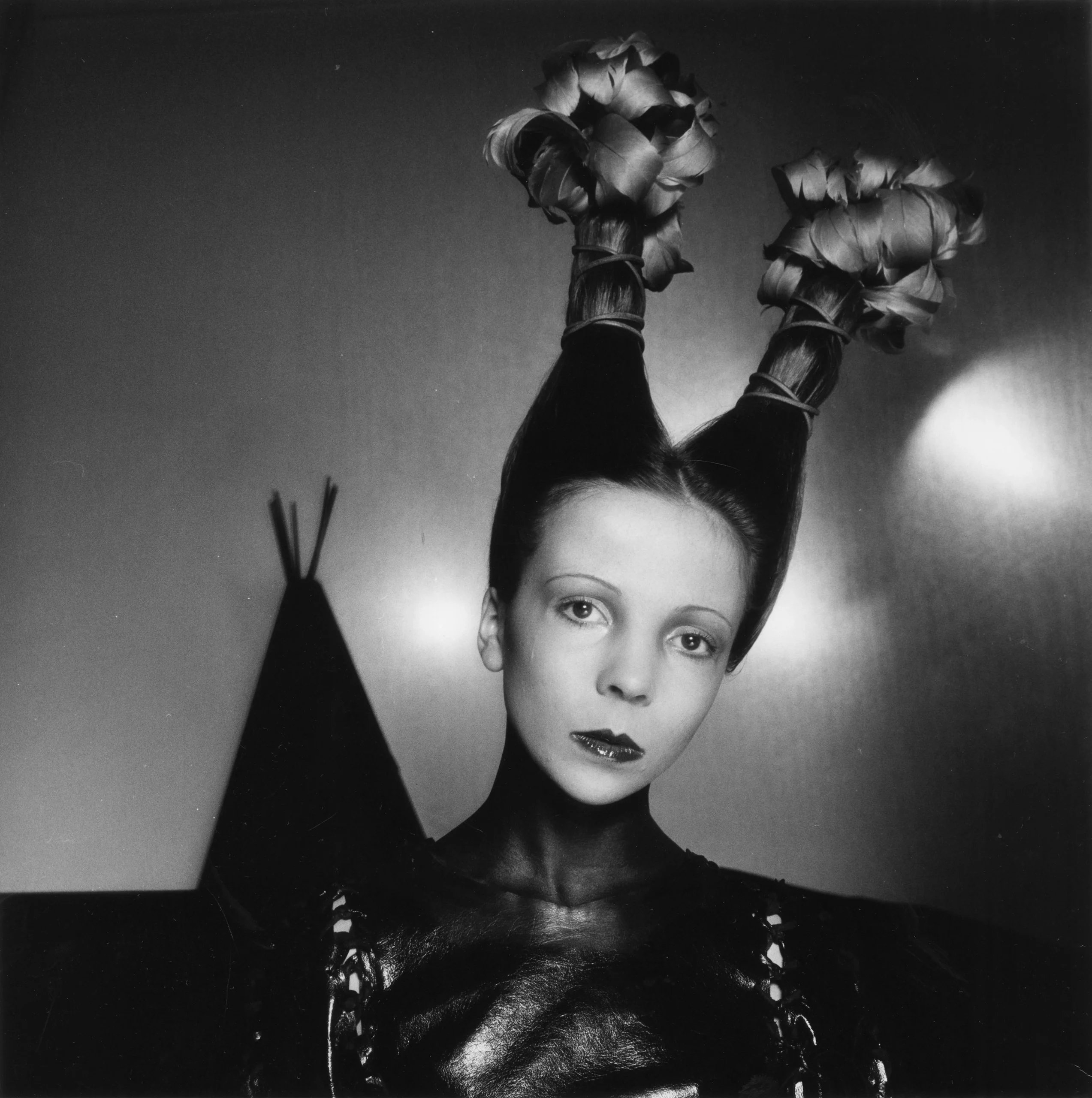 Pin
Pin On her modelling journey
Before then, I’d never even considered modelling – it came totally out of the blue. I didn’t even think I could because I looked pretty weird. A lot of people thought I looked like an alien – the diameter of my head was bigger than my waist at the time. I was also prone to breakouts and I bit my nails; I wasn’t exactly a typical model. So, I had to get my act together a bit. But I was also really happy. I come from quite a complicated family and getting some recognition was important for me. Unfortunately, I was a bit young to be centred about it but it was an amazing adventure – until it wasn’t.
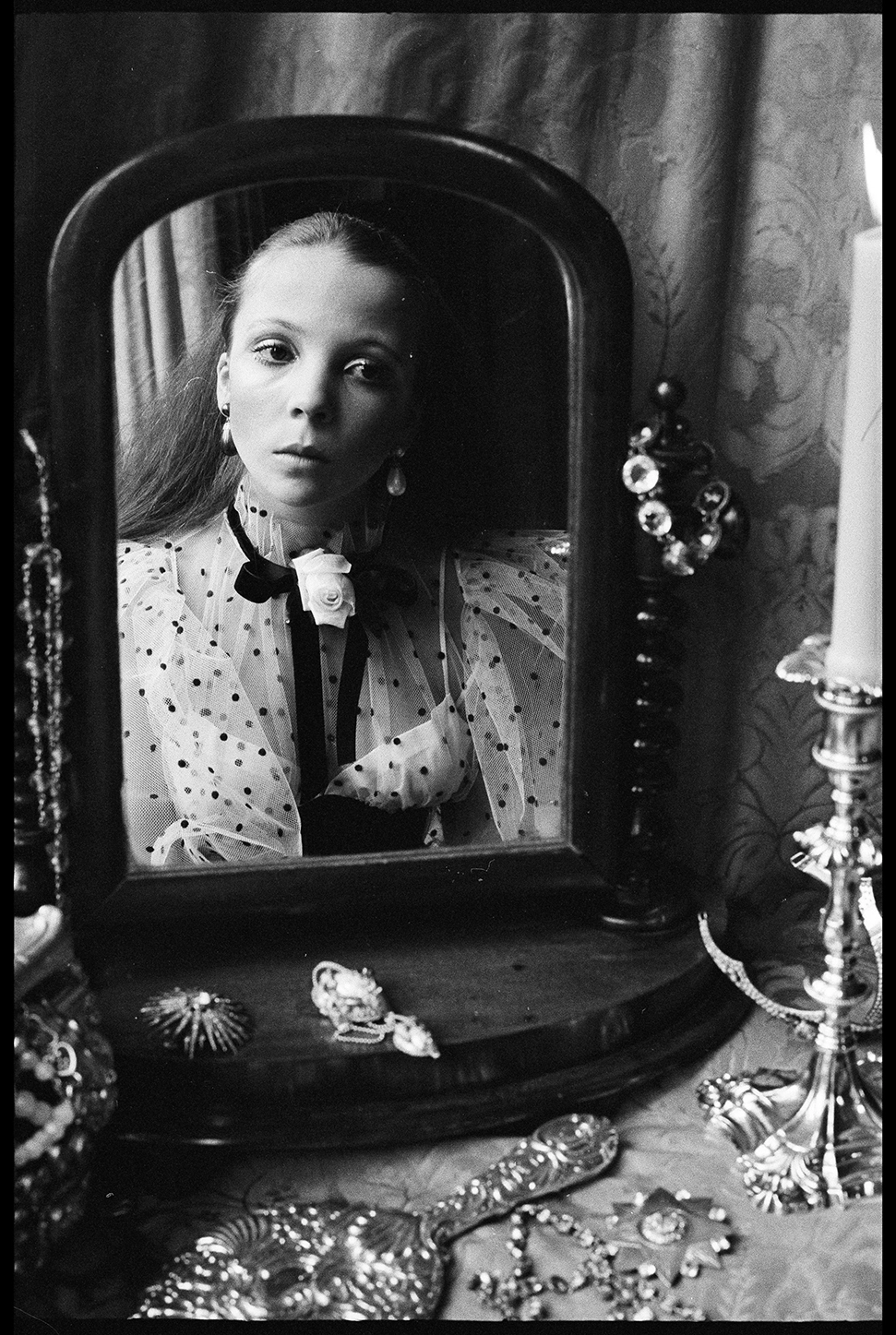 Pin
Pin On Swinging London
I moved to London in the late 1960s because it was the most exciting place to be. I’m half English [her mother is American] and my brothers were there. It was a time when all these different worlds were colliding – musicians and filmmakers and actors and aristocrats. I spent a lot of time in Chelsea, on the King’s Road. There was this buzzing, cultural atmosphere, which made for the most amazing parties. It just felt like a really fresh take on life. A lot of my friends were older than me – people like Cecil Beaton and the writer Edna O’Brien. Society was very fluid; you never knew where you’d find yourself each evening.
On the gender gap in the 1960s
Even in the Swinging Sixties, men had all the power. Of course there were some very strong women who took the reins in their own right, women like Germaine Greer and [British Vogue editor] Beatrix Miller, but mostly girls my age were in the thrall of their boyfriends. The girlfriends were always in the shadows, and I think a lot of girls really suffered from that. I haven’t seen the new Anita Pallenberg documentary yet, but I’ve read that this is something that comes across in the film. She was obviously a very strong woman herself, but I think the male dominance wore her down. She triumphed in the end, but that era was tough on women for sure.
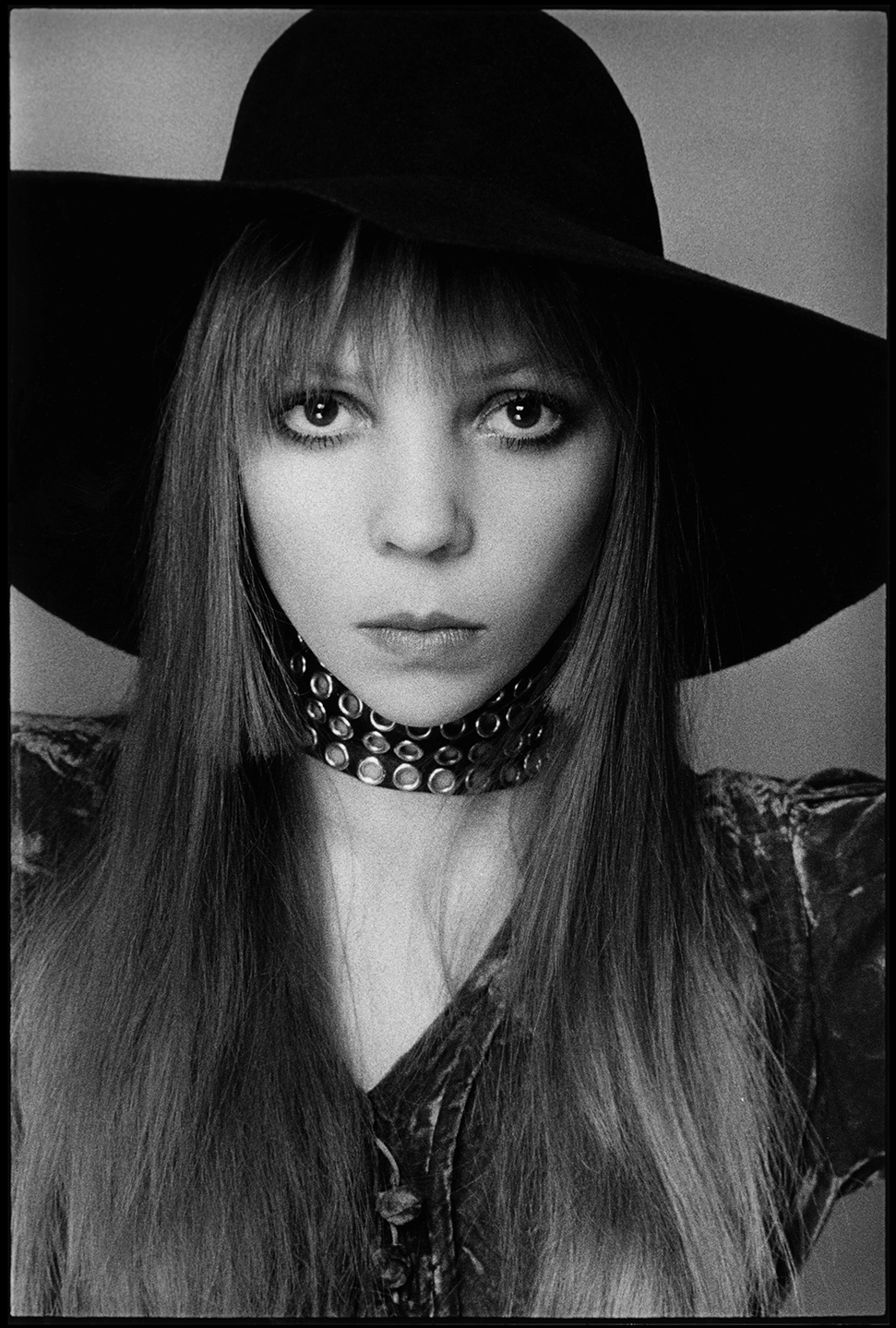 Pin
Pin On her eating disorder
I came to the modelling industry with my own set of complexes and neuroses. There was no therapy culture back then and I arrived with anorexia. It wasn’t the fault of the fashion industry, but it did happen to dovetail with the look of the time. Back then it seemed to serve me well, but a few years later it really messed with my hormones and produced this sort of skin outbreak, which was horrible. I definitely had to pay the price for my eating disorder. At that time, to survive in the industry you had to learn a lot of hard lessons, and I definitely learnt them. But then, what else is life for?
On appearance addiction
Despite the anorexia, I had a real sense of bravura when I was 18 – maybe all 18-year-olds have it. But then, when the skin outbreak happened, nobody could really talk about it or look at me. I lost all my confidence because everything had been based around the way I looked – and that’s never a good thing. That’s why I feel that models who have other interests are so much better off. To focus your entire life around your appearance is never going to be healthy. It took me a long time to resolve my eating disorders, but I eventually did so in my 30s through a combination of therapy and becoming a mother.
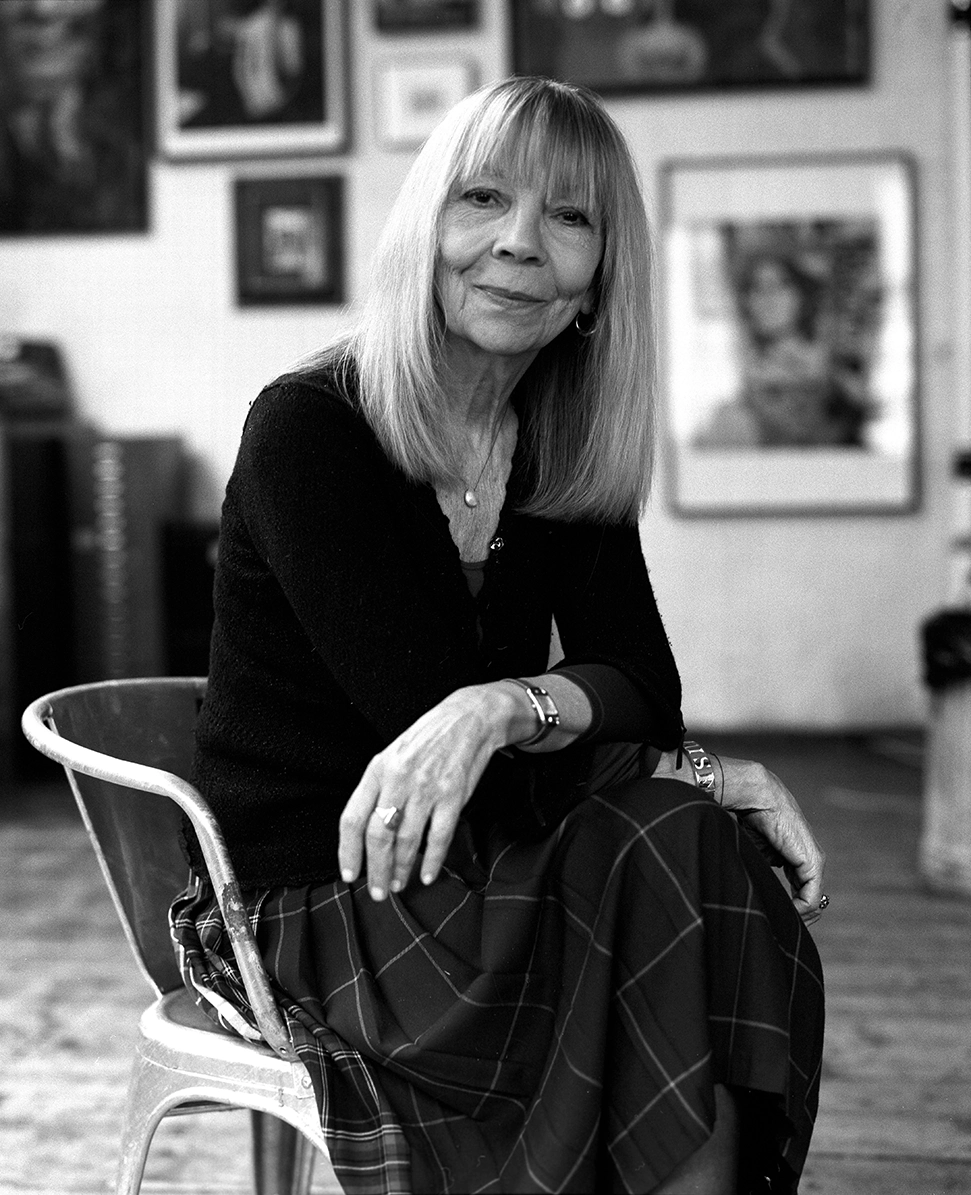 Pin
Pin On motherhood
Having my daughter Paloma was a huge breakthrough for me. Before then, I wasn’t really interested in children – I’d never even held a baby. But from the second she was born, I adored her. It really helped my confidence, because I had a natural birth and I breastfed her for a couple of years, which gave me a deeper experience of life – much more than any experience I had when I was modelling, that’s for sure. Becoming a mother changes everything and I felt I was so much more connected to other women as a result; that was new to me, as I never really felt any sisterhood with the other girls when I was modelling.
On falling in love
When I first met David Bailey, there was an instant attraction. I’d never felt anything like it before – I knew in my bones we were going to be together. I was 18 and he was 30; he was married [to Catherine Deneuve] at the time and also had a girlfriend, so I didn’t even give it a second thought. I just packed up and went back to New York. But we met again when I was doing the collections in Paris for American Vogue and we had the most amazing couple of weeks of euphoric happiness. A few months later, I went to live with him in London, and every single day of our lives together was extraordinary.
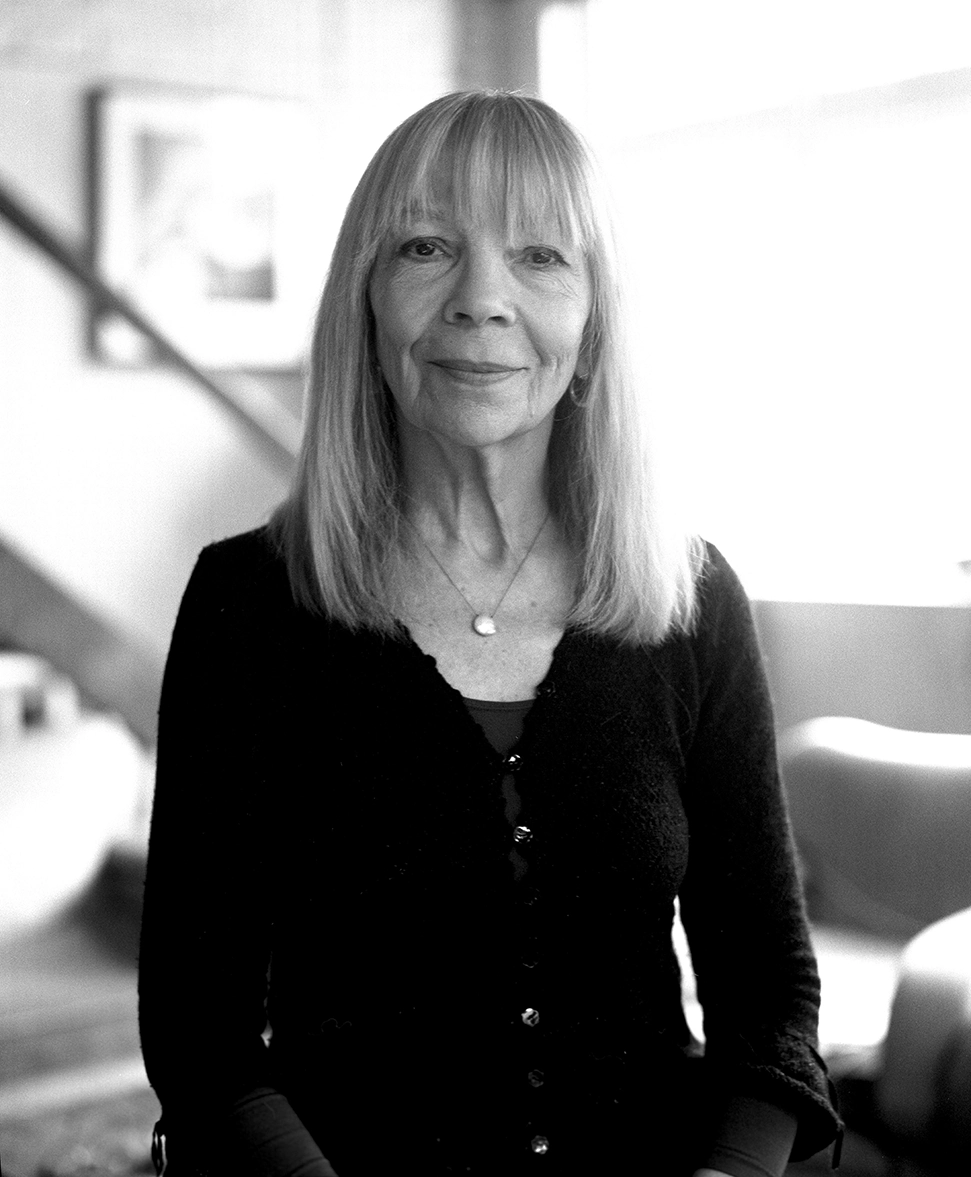 Pin
Pin On life with David Bailey
For the first couple of years, Bailey and I were really happy together. We travelled a great deal – to India, Nepal, Egypt, Turkey, all over Europe – and we were working together. But there were different energies pulling at him, including lots of girls. Every model in the world wanted to show him their book, as it were. I was desperately jealous, but I was so in love I thought it would last forever. It was unsustainable because it just wasn’t in him to be monogamous. There was a famous line, “David Bailey makes love daily”. I don’t know why I didn’t pay more attention to that at the time… I just thought it was going to be roses and castles forever – or roses and baked beans, more likely. But it was not to be.
On lifelong friendships
Bailey and I are still friends to this day. His wife, Catherine, is great too. Thank goodness he found her, because she’s managed to make a really happy home for him. I think it helped that he was a bit older when they met, and they’ve got children together. They made me godmother to their son, Fenton. He’s a good photographer, too, and has photographed me a few times. I visit Bailey often and we still have a lot of laughs; he’s very funny. And even though he’s not particularly well, he’s still very much Bailey. I’m really fond of the old bugger and I know he’s fond of me, too.
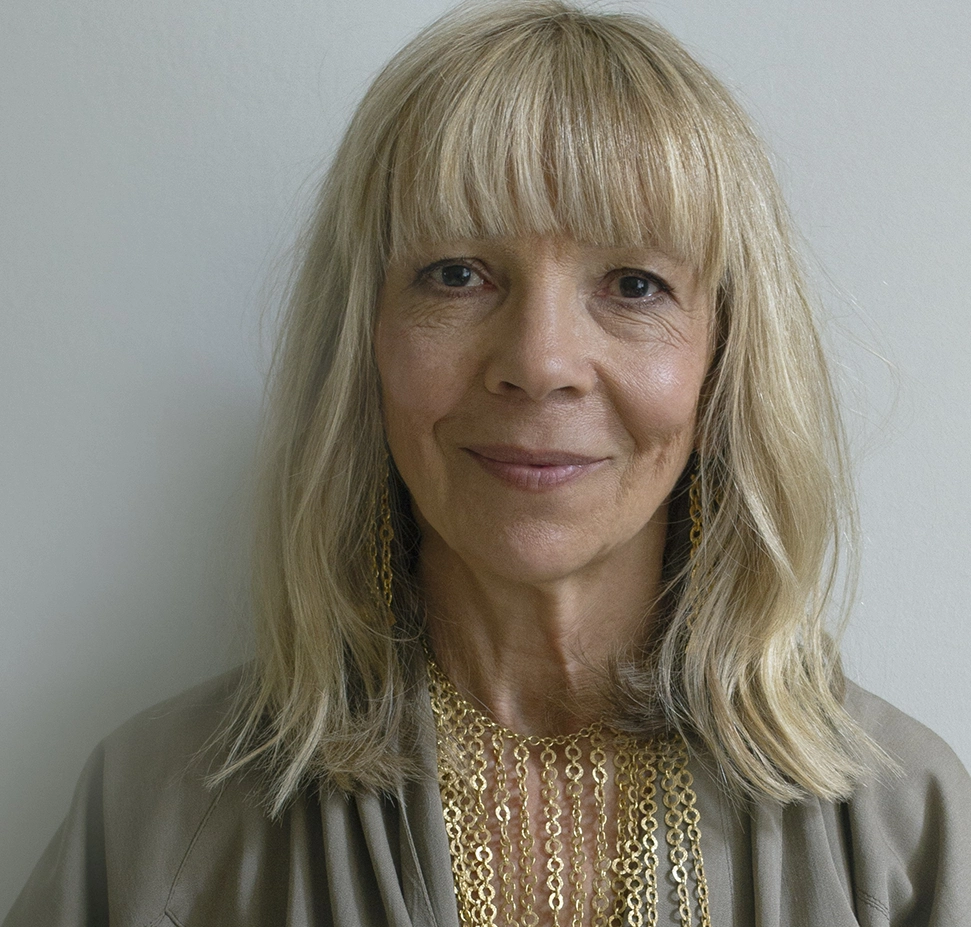 Pin
Pin On ageing gracefully
Now that I’m in my 70s, I feel very lucky – mainly because I can still move my body. I exercise a lot and I’ve recently taken up kundalini yoga; I love the way I feel afterwards. For the last 20 years I’ve been doing this daily exercise regime called the five Tibetan rites, which is incredibly good for ageing bodies. It’s great for the core and the spine; it keeps you supple, which is so important. I don’t have eating disorders anymore, but when I’m on my own I don’t drink and I try to eat very healthily – lots of vegetables, carbs and protein. I believe in everything in balance. I’m not into faddy diets; I just try to listen to my body.
On modelling in her 70s
I enjoy modelling much more than I used to. I recently appeared in Vivienne Westwood’s SS24 campaign and it was really fun to work on. It took place in this mannequin factory in Walthamstow and Juergen Teller took the photographs. I love Andreas Kronthaler; he’s like a mad genius. The thing is, I’m 74 and I haven’t had plastic surgery, so I know it’s not going to be easy for the photographer. I figure if they do hire me, they have to know what they’re getting into. I think it’s really positive that you’re seeing so many older faces in fashion now – it just makes sense. Why only use 21-year-olds who weigh eight stone or less when most of the population are not like that?
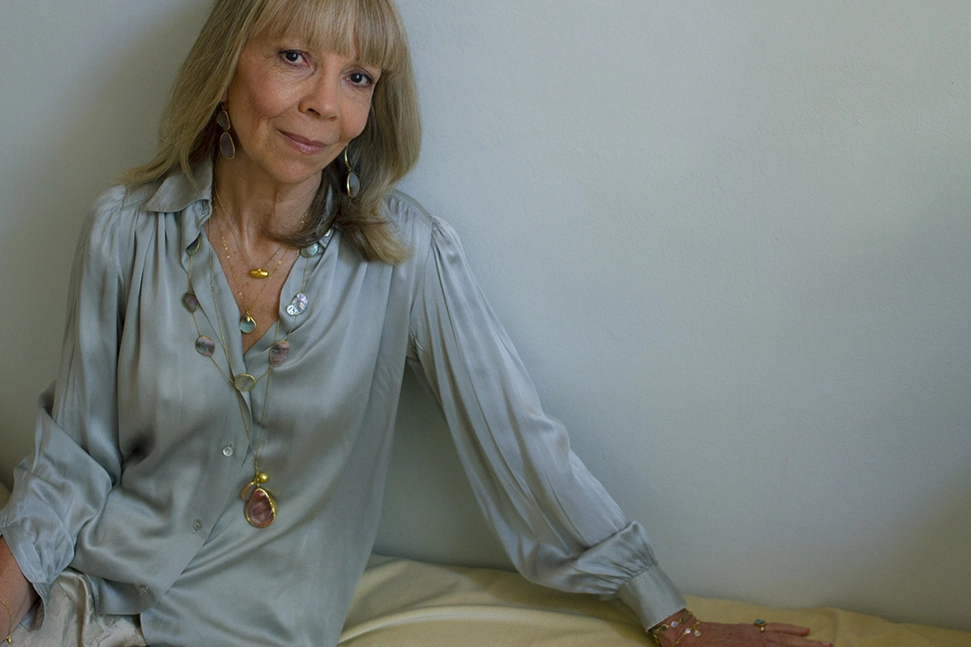 Pin
Pin On her favourite designers
I live in the English countryside now, but I still get very excited by the world of fashion. Who could fail to love the recent John Galliano couture collection for Maison Margiela? It was on another level. I’m also a big fan of Pierpaolo Piccioli at Valentino and Maria Grazia Chiuri at Dior. They’re incredible talents and also employ so many other amazing talents – the women who work for the couture houses are artists themselves. In terms of British designers, I like the work of Duro Olowo. I basically live in jeans these days and don’t really have a reason to buy high fashion, but I still love it all.
On practising Buddhism
I discovered Buddhism in my 40s and it had a huge impact on my life. It was a slow process because I met his holiness the Dalai Lama in New York and I decided I wanted to find out as much as possible about Buddhism. I felt a deep connection with him, but he’s such a public figure that there was no way I was going to be able to spend much time with him. So I decided to go back to Australia, where I was living, and went to a lot of Buddhist teachings. Now I practise at least an hour every day. It’s enriched my life, mainly when it comes to my mind. I feel incredibly grateful to have found that path.
On penning her first novel
I’ve always wanted to write a novel, one that covered the period of my life when I was modelling. There were so many traumas during that time, but also a lot of high points. Writing the book was cathartic; it felt exposing, but also freeing. It’s not a roman-à-clef, though – things didn’t always happen exactly as I’ve written them. It took a lot longer than I anticipated, because I really had to learn to write. I thought it would be easy to just pick up a pen and tell it like it was. It actually took around seven years in total and I probably wrote about four times as much as the book actually is now.
 Pin
Pin On finding a life balance
One of the main reasons I wrote my book was to help people who might be battling some of the issues I had – in particular, appearance addiction. I mean, isn’t it a problem for most girls these days? I can’t even imagine what it would have been like if there’d been social media when I was modelling – it would have been horrendous. It was bad enough comparing myself to all the other models; imagine comparing yourself to the whole world of beautiful women. I feel very strongly that eating disorders are about a lack of nourishment – spiritual nourishment. I feel so lucky to have found something that took me beyond that with Buddhism. I have a much more balanced approach to life now.
‘Piece of my Heart’ by Penelope Tree (£18.99, Moonflower Books) is out now; moonflowerbooks.co.uk
